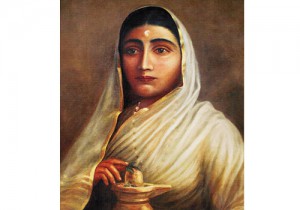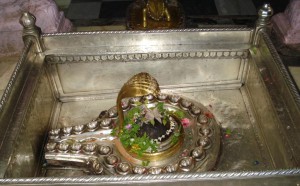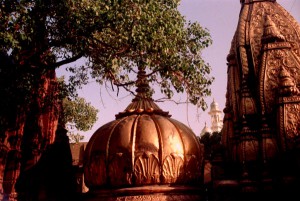35 Best Places to Visit in Varanasi in India
Varanasi, Banaras or Kashi, no matter what name comes up, it is a well-known fact that Varanasi is one of the oldest continually inhabited cities...
The Kashi Vishwanath Temple, located in the spiritual heart of Varanasi, stands as one of the most revered shrines dedicated to Lord Shiva. For centuries, devotees and seekers from around the world have flocked to this temple to seek blessings, enlightenment, and spiritual liberation. It is believed that those who visit the temple and chant the name of Lord Shiva with devotion can attain moksha, breaking free from the cycle of birth and rebirth.
In this article, we will explore the rich history, architecture, spiritual significance, and fascinating facts about Kashi Vishwanath Temple.
The temple holds immense spiritual and historical importance. The name “Kashi” signifies “the city of light,” referring to the divine presence of Lord Shiva. Varanasi, the city where the temple stands, is considered the oldest continuously inhabited city in the world. According to Hindu beliefs, Varanasi is where the soul attains ultimate salvation.
The history of Kashi Vishwanath Temple dates back to ancient times, with references found in various Hindu scriptures such as the Skanda Purana and the Kashi Khanda. Over the centuries, the temple has been destroyed and rebuilt multiple times due to invasions and conflicts, yet its sanctity has never wavered.

The history of Kashi Vishwanath Temple is both fascinating and turbulent. The temple has undergone several reconstructions due to repeated demolitions by foreign invaders.
The Kashi Vishwanath Mandir is an architectural marvel and a testament to Hindu craftsmanship. The temple follows the Nagara style of architecture, featuring intricate carvings and exquisite gold-plated spires. The main sanctum houses the Shiva Linga, made of black stone, set in a silver altar.
Other significant structures within the temple complex include:
Here are some lesser-known facts about Kashi Vishwanath Temple:

Kashi Vishwanath is one of the 12 Jyotirlingas of Lord Shiva, making it one of the most sacred Shiva shrines.
The well, located inside the temple complex, is considered sacred. According to legends, when Aurangzeb attacked the temple, the head priest hid the original Shiva Linga inside this well.

Maharaja Ranjit Singh contributed gold to adorn the temple’s domes. It is believed that anyone who sees the golden dome with devotion gets their wishes fulfilled.
The Kashi Vishwanath Corridor Project, completed in 2021, has transformed the temple complex by enhancing the entryways, creating open spaces, and improving facilities for devotees.
With the growing number of devotees, the temple has introduced an online booking system for darshan and rituals. Visitors can book their slots in advance through the temple’s official website.
For pilgrims and tourists, several accommodation options are available near the temple, ranging from budget-friendly hotels to luxury stays. Popular choices include:
The ideal time to visit the Kashi Vishwanath Temple Varanasi is between October and March, as the weather is pleasant for exploring the holy city.
Many travel agencies offer Kashi Vishwanath tour packages that include:
The Kashi Vishwanath Temple remains a spiritual beacon for millions of devotees worldwide. Whether you seek divine blessings, wish to explore India’s rich heritage, or simply marvel at its architectural beauty, this temple is a must-visit.
The temple’s historical resilience, its cultural and religious significance, and the devotion it inspires make it one of the most sacred destinations for Shiva devotees. Plan your pilgrimage and witness the divine grandeur of one of India’s most revered temples.
Varanasi, Banaras or Kashi, no matter what name comes up, it is a well-known fact that Varanasi is one of the oldest continually inhabited cities...
India, a land of diverse cultures, stunning landscapes, and rich history, is a dream destination for many travelers. However, for first-time visitors, navigating through this...
India has varied climatic zones. The best time to visit most regions is between October and March when the weather is pleasant. Summers (April to...
You are one step closer to having the best journey of your lifetime! Talk to us, write to us all that you have envisioned for your India trip, and one of our travel experts will connect with you on priority. To help you explicitly we have WhatsApp and Email addresses!
Leave a Comment ▼